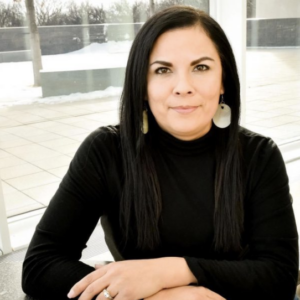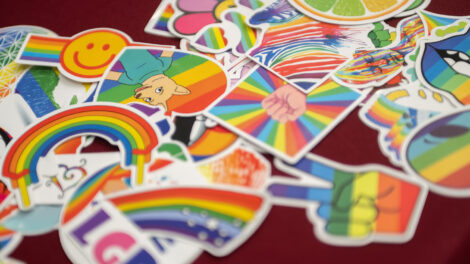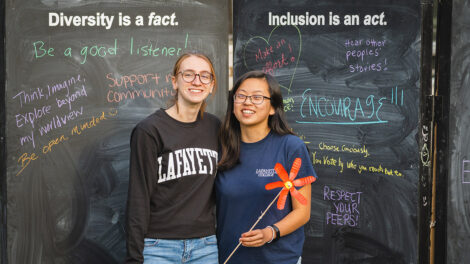Celebrations of Indigenous Heritage Month will commence at Lafayette College and across the country
By: Madeline Marriott ’24
Beginning on Nov. 1, Lafayette and the Office of Intercultural Development (OID) will celebrate Indigenous Heritage Month. The month honors the culture and contributions of Indigenous groups across the country. This celebration has been recognized nationally since 1990 when George H.W. Bush designated the month as a time for education and remembrance.
According to Robert Young ’14, director of intercultural development, the month opens up an important dialogue about how the community approaches its complicated history. “We are acknowledging, celebrating, and bringing awareness to the Indigenous community at Lafayette College. How do we talk about it? What does it mean? How do we do it in an authentic way?” he says.
Young believes it is important to celebrate positive aspects of the Indigenous community, not just the atrocities of the past. “It doesn’t always have to be trauma-based,” he says. “The celebrations can be the pride points of your heritage, your culture, and your identity.”
To Young, properly celebrating the month means centering the voices of people within the community.
“I would love to tap into those who have not had opportunities to come to places like Lafayette or come to the East Coast or to speak at higher ed institutions to share their narratives,” Young says.

Joelle Bearstail
The month will kick off with a keynote address featuring Joelle Bearstail, Indigenous author of the children’s book Bear’s Braid, which discusses the importance of hair in Indigenous culture. Joelle Bearstail‘s Hidatsa name is Bullberry Woman (Maahishí wiash). She is Mandan, Hidatsa, and Arikara from the Fort Berthold Indian Reservation, located along the Missouri River in North Dakota. She has worked in the education field for several years as a teacher, curriculum specialist, and education liaison. The talk will be held on November 8 at 6 p.m. via Zoom.
More information about events can be found on the Calendar of Events.
Young hopes the event will be an opportunity for students outside of the Indigenous community to put in effort to learn about the Indigenous experience and culture. “We live in a global world. How do you not want to be multiculturally competent? How do you not want to have cultural humility for someone else? Because we are all not one thing. Showing up is the hardest part. So if you can do that, it makes space for a lot of other things within yourself,” he says.


